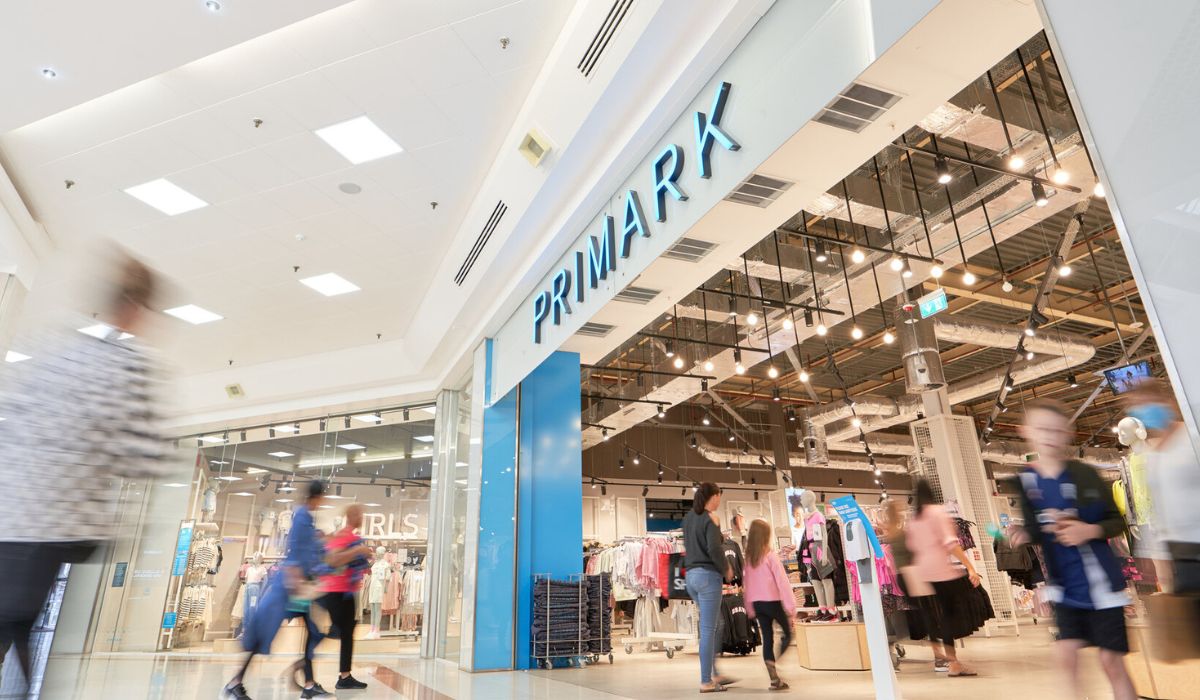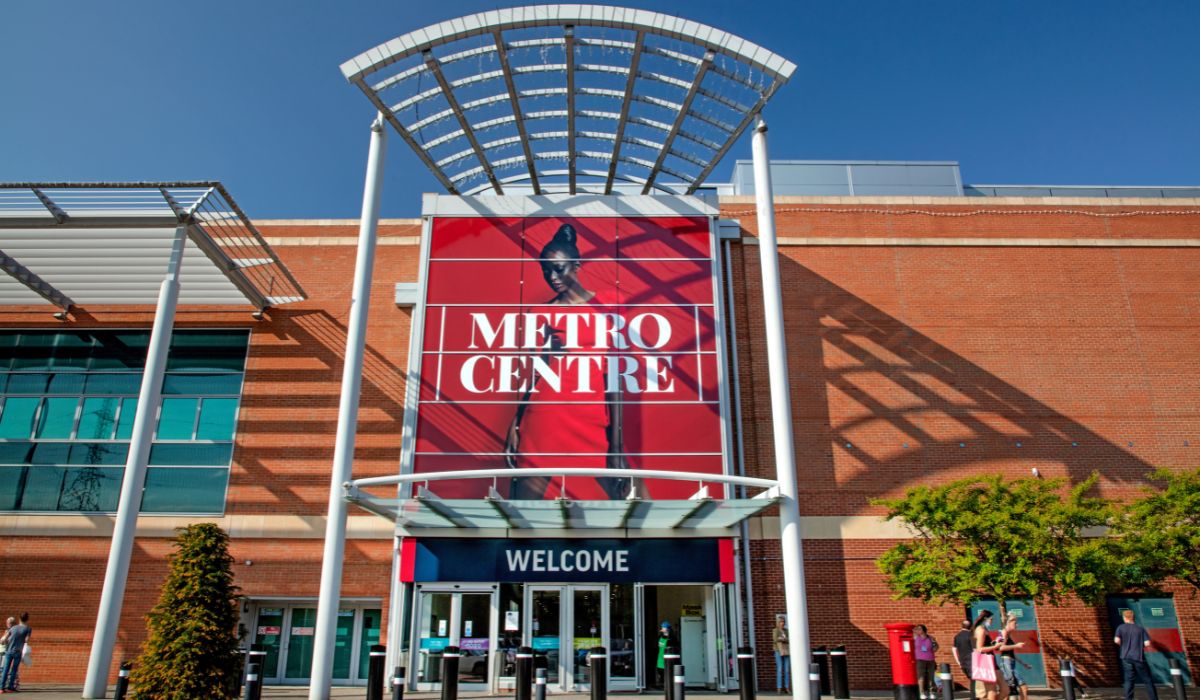The Importance Of Anchor Tenants
15th February 2023
Senior Asset Manager Jack Gordon points out that the term ‘anchor tenant’ is no longer as simple as referring to an occupier of large retail space. Broadly we consider that the anchor tenant splits into two categories: traditional department stores and any other significant footfall drivers.
“It is important to note that not all traditional department store anchors have disappeared from shopping centres. For example, John Lewis have adapted to the headwinds in the retail sector and continue to trade from profitable locations such as Touchwood, Solihull, closing less profitable stores, including their store in central Birmingham. Similarly, House of Fraser was bought out of administration by Sports Direct, now Frasers Group, and still trades from a number of previously profitable locations. Sports Direct are expanding this anchor tenant under the new ‘Frasers’ brand, such as in Telford, thereby supporting the role of the anchor retail tenant. The Metrocentre, is a great example of where the Frasers Group are repurposing the former Debenhams with a combination of their Flannels and Sports Direct brands, including additional space occupied by Game and Everlast Gym.”
There are also smaller floorplate operators who equally fulfil an anchor tenant roll. Next has substantially adapted its model to offer a multi-brand, multi-department space, with Bath & Body Works now a store-within-a-store and other concessions including WH Smith, Costa Coffee, Lipsy and Victoria Secret also taking space in the expanded Next stores.
Primark have also broadened their appeal with dedicated home departments along with their recent addition of an in-house Disney café, proving very popular at Merry Hill and bringing a new customer profile into the store.
However, as fellow Senior Asset Manager Mike Egerton points out, whilst the traditional department store is not dead, demand has moved away from the previous 150,000 sq ft, multi-level stores and there remain opportunities to repurpose vacant space.
Jack Gordon agrees that the loss of the traditional department store anchor, while clearly having an impact on many town and retail centres, has actually provided a number of opportunities to change the pattern of footfall and diversify the occupiers of shopping centres.
Mike Egerton goes on to say that “We believe that what constitutes an anchor tenant in peoples’ minds will need to change. Rather than one retailer occupying a prime location, the space could equally be filled by a cinema, supermarket, large fashion chain or service providers such as Community Eye Care, a surgical clinic we have recently introduced at The Metrocentre.
“At Sovereign Centros we create in-depth business plans for our retail assets which consider changing customer requirements and behaviours and how customers interact with our Centres. We understand that shopping centres need to appeal to a broad range of age groups with very differing needs. Shopping centres must become far more experiential, with a strong leisure and restaurant focus and perhaps need one or more ‘flagship’ or anchor tenants, which may or may not be a pure fashion retailer.
“Therefore, the role of the anchor tenant is shifting to accommodate these changes. The effect of the Pandemic has been to accelerate these changes, offering us the chance to re-imagine and reshape shopping centres.
He continues: “At The Metrocentre, JD Sports, H & M and Zara have committed to major upsizes and the former Debenhams will be occupied by Sports Direct, Flannels and Everlast Gym, demonstrating the capacity for large regional shopping centres to be anchored by multiple key retail tenants. In addition, as shopping centres diversify in uses, leisure anchors are increasingly required to support a more diverse customer profile and extending the dwell time. At the St. Enoch Centre in Glasgow, £40m was invested in the redevelopment of the 95,000 sq ft former BHS store. This has been converted into a major leisure complex anchored by a Vue cinema and 9 restaurants. At Merryhill a new 36,000 sq ft Hollywood Bowl is being introduced to the shopping centre to anchor a new casual dining zone.”
Jack Gordon adds: “Whilst repurposing large spaces forms a key part of our shopping centre asset management strategies, we recognise that these can be incredibly expensive to convert. The former department store units are in effect large boxes with limited natural light and deep floor plates, which throws up a host of challenges.
“It is Important to be creative in repurposing shopping centres. This can take the approach of wholesale redevelopment, as at the Eastgate Centre in Basildon, where Sovereign Centros secured planning for up to 2,800 residential units as part of a wider mixed use redevelopment of the 17-acre site. Alternatively we have delivered strategies which minimise reconfiguration works and the associated costs, by retaining the former department stores for new and reinvigorated retail use, such as in Workington where TK Maxx are to occupy the ground level of the former Debenhams, leaving the upper floors available for leisure uses”.
“The key is advising our clients and partners on how these changes and the associated capital investment will deliver returns, a principle we adopt when approaching any challenge.”

